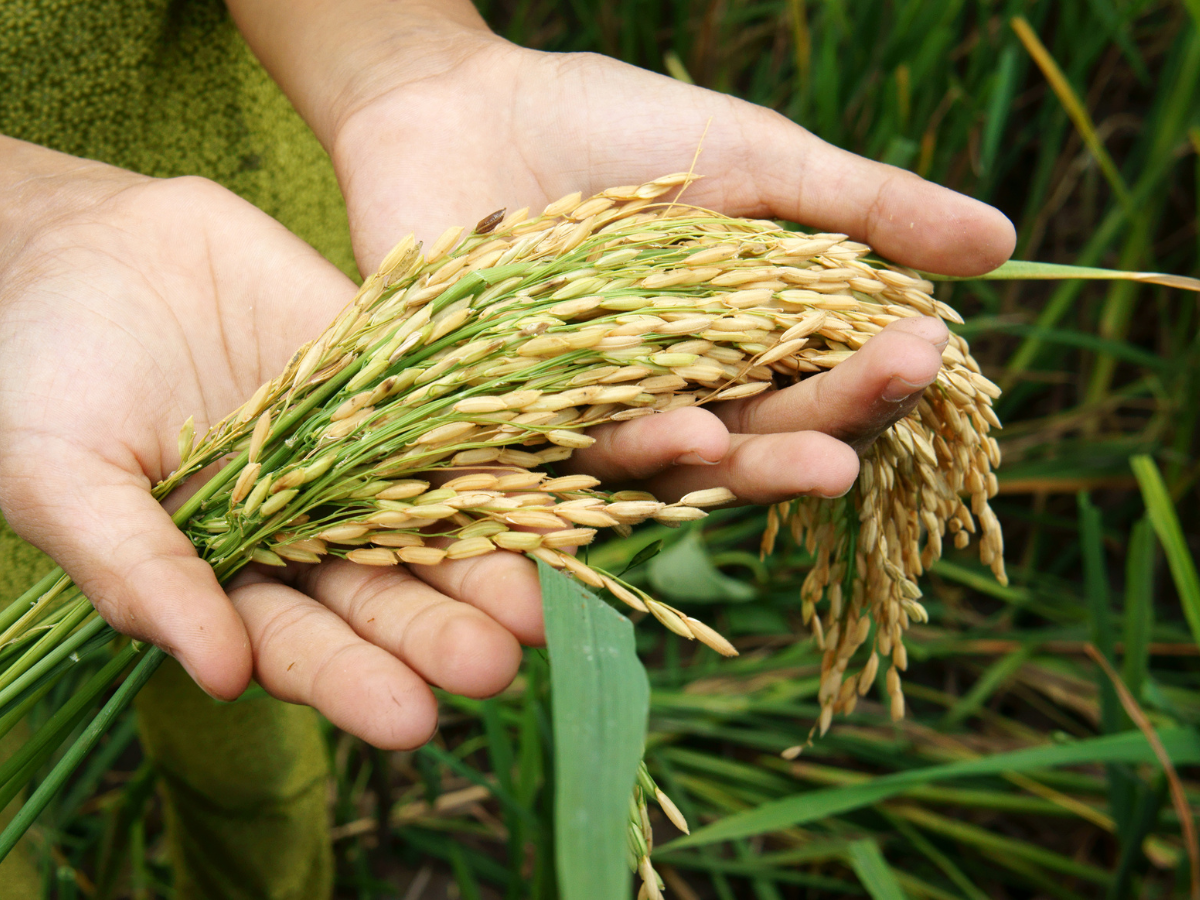Mapping the Future: Precision Agriculture’s Role in Global Food Security

As the world’s population continues to burgeon, the demand for food production has reached unprecedented levels. To meet the challenge of feeding a growing population while also addressing environmental concerns, agriculture is undergoing a transformative revolution – Precision Agriculture. This cutting-edge approach utilizes advanced technologies to optimize every facet of farming, from planting and irrigation to harvesting. In this blog, we will delve into how Precision Agriculture is becoming the linchpin in ensuring global food security.
The Challenge of Feeding a Growing Population
The United Nations predicts that the global population will surpass 9.7 billion by 2050. This surge in population poses a significant challenge for the agricultural sector, which must produce more food on limited arable land. Traditional farming methods are no longer sustainable or efficient enough to meet the increasing demand. Enter Precision Agriculture, a technological marvel that promises to revolutionize the way we grow and harvest crops.
Precision Agriculture Defined
Precision Agriculture, also known as precision farming or precision ag, involves the use of advanced technologies such as GPS guidance systems, sensors, drones, and data analytics to optimize various aspects of farming operations. The goal is to maximize crop yields, minimize waste, and reduce the environmental impact of agriculture.
Mapping the Fields
One of the key components of Precision Agriculture is the use of mapping technologies to create detailed, accurate maps of farmland. This allows farmers to gain insights into the variability within their fields. By understanding the variations in soil types, moisture levels, and crop health, farmers can tailor their actions more precisely, applying resources where they are needed most.
Precision Planting and Irrigation
With the help of GPS-guided tractors and planters, farmers can ensure that seeds are planted at optimal intervals and depths, maximizing the chances of a bountiful harvest. Precision irrigation systems further contribute by delivering the right amount of water to specific areas, avoiding over-irrigation and conserving water resources.
Monitoring Crop Health
Drones equipped with multispectral cameras provide farmers with real-time data on crop health. These high-tech scouts can detect signs of disease, nutrient deficiencies, or pest infestations early on, allowing farmers to take targeted and timely action. This not only improves crop yields but also reduces the need for excessive pesticide and fertilizer use.
Data-Driven Decision Making
Perhaps one of the most transformative aspects of Precision Agriculture is the reliance on data analytics. Farmers can collect and analyze vast amounts of data to make informed decisions about planting schedules, resource allocation, and pest control strategies. This data-driven approach optimizes efficiency and minimizes waste.
Environmental Sustainability
Precision Agriculture isn’t just about increasing yields; it’s also about doing so in a sustainable and environmentally friendly way. By precisely managing inputs such as water, fertilizers, and pesticides, farmers can reduce their ecological footprint, mitigating the impact of agriculture on soil and water quality.
The Road Ahead
As technology continues to advance, the future of Precision Agriculture looks even more promising. Artificial intelligence, machine learning, and automation are set to play pivotal roles in further optimizing farming operations. The integration of these technologies will enable farmers to make even more precise and timely decisions, ensuring sustainable food production for generations to come.
Precision Agriculture stands as a beacon of hope in the quest for global food security. By harnessing the power of technology, farmers can navigate the challenges posed by a growing population and a changing climate. As we map the future of agriculture, it is clear that precision is not just a buzzword; it is a necessity for ensuring that our planet can sustainably feed the billions yet to come.






